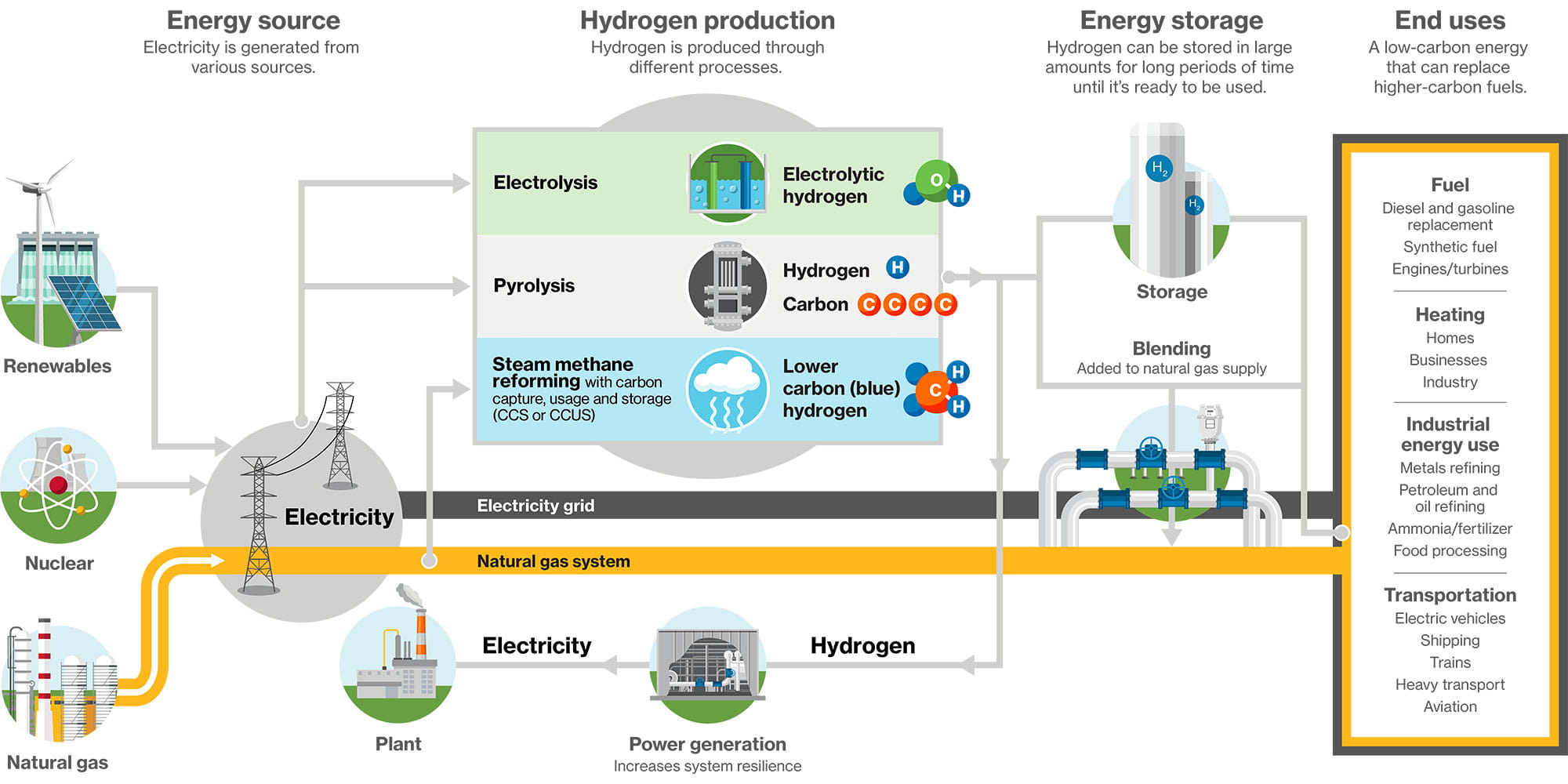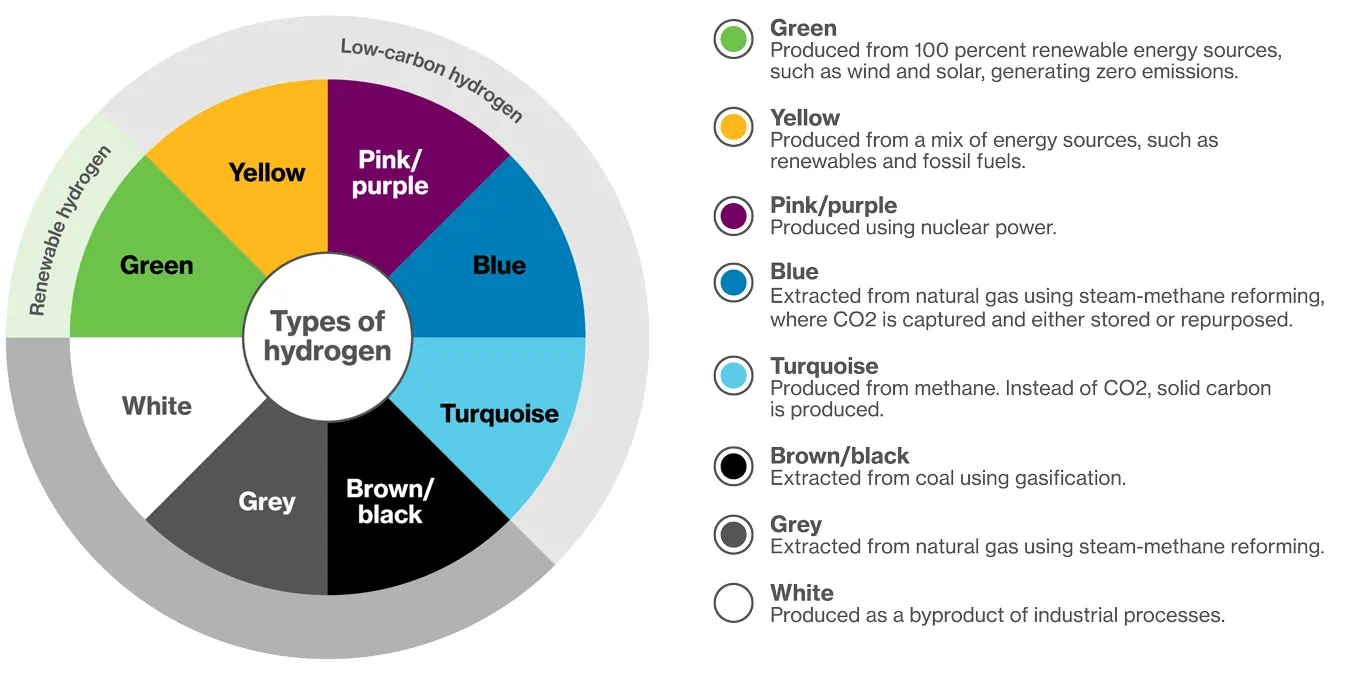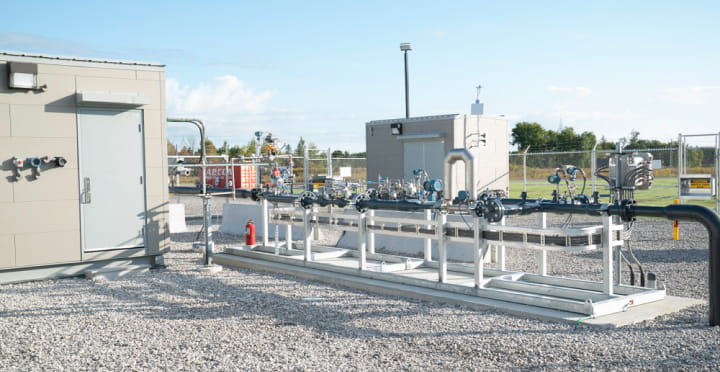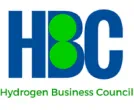Reaching a cleaner energy future with hydrogen
As the world transitions towards a cleaner energy future, the urgency of achieving net-zero emissions has never been greater. Hydrogen can allow energy to be effectively and efficiently stored, transported, and used in innovative ways to reduce greenhouse gas (GHG) emissions, and help the world reach its climate target goals by 2050. By working closely with key decision-makers, Enbridge Gas can put hydrogen into action to help achieve climate commitments in areas such as municipal, agricultural, industrial, transportation and more.
How hydrogen supports a cleaner energy future
Blending
Hydrogen can be safely blended into Ontario’s natural gas supply to offset its carbon footprint and lower emissions.
Storage
Electricity can be converted into hydrogen and, like natural gas, stored year-round on a large scale for reliability and stability.
Connecting system
Enabling the natural gas system and electricity grid to work together, hydrogen supports resiliency and helps balance Ontario’s energy supply and demand.
Replacing higher-carbon fuels
Hydrogen can replace carbon-based fuels used for heavy-duty transportation and industrial processes.
What makes hydrogen a cleaner energy alternative? It comes down to how it’s made
Power-to-Gas (PtG) is a process in which electrical energy is converted to hydrogen through the electrolysis of water. If only renewable sources of electricity are used, the hydrogen produced is called renewable. If hydrogen is produced from a mix of renewables and other sources, it’s considered low carbon.*

Most of today’s hydrogen is created using steam methane reforming (SMR), a process that separates hydrogen from methane. If the carbon emissions are captured (greater than 90 percent) and safely stored, the hydrogen produced is considered low carbon, or blue.
Like electricity, hydrogen is a flexible energy carrier. Unlike electricity, it can be used to efficiently store electrical energy, and turned back into electricity when required.
Low-carbon and renewable hydrogen
While describing hydrogen types using colour is common, the terminology is not standardized and can cause confusion. This is why the industry is moving towards a simpler classification, using terms such as low-carbon and renewable hydrogen.

We’re innovating to support Ontario’s energy transition
As the global population grows, it’s expected that energy usage will increase by 50 percent over the next 30 years†; getting to net zero has never been more important for the environment. Demand for hydrogen is expected to reach 500 – 800 million tonnes worldwide by 2050.‡ Enbridge Gas is supporting this energy transition through innovative solutions and collaboration with governments and partners to help achieve our climate goals.
North America’s first utility-scale power-to-gas facility
Located in Markham, Ontario, Canada, our utility-scale PtG facility converts surplus electrical energy from renewable sources into hydrogen, which can then be blended into the natural gas system to help balance Ontario’s electricity supply and demand.
Hydrogen blending project–the first of its kind in North America
Enbridge Gas is currently providing a blend of hydrogen and natural gas to 3,600 customers in Markham, Ontario as part of a pilot program to validate the reduction of carbon in our natural gas system.
MiWay hydrogen fuel cell electric bus pilot
Enbridge Gas is working with Mississauga Transit, CUTRIC, Cummins, Ballard, New Flyer, and all three levels of government to potentially deploy ten hydrogen fuel cell electric buses in the city of Mississauga.
What are potential areas of opportunity for hydrogen?**
Industry
- Cement
- Steel
- Energy
- Chemicals
- Ammonia
- Methanol
- Other industries
Transport
- Heavy-duty transport
- Shipping
- Aviation
- Rail
- Light-duty transport
Buildings
- Heating
** Office of Fossil Energy, United States Department of Energy. Hydrogen Strategy: Enabling a Low-carbon Economy.
Read Canada’s hydrogen strategy
See the ambitious framework for actions that will cement hydrogen as a tool to help achieve net-zero emissions while creating jobs, growing our economy and protecting our environment.
Pathways to Net Zero
Enbridge Gas engaged a consultant, Guidehouse, to assess the feasibility of two pathways to net zero. The study finds that, compared to an electrification pathway, a diversified pathway is the most practical way to achieve net-zero emissions in Ontario.
Ontario’s low-carbon hydrogen strategy
See Ontario’s plans to become a cleaner manufacturing hub, with new investments in hydrogen that will facilitate the production of clean steel, electric vehicles (EV) and the batteries that power them while generating fewer emissions.
Learn more about renewable hydrogen’s potential
We can help identify opportunities for municipalities, industry and more.
More hydrogen resources

Frequently asked questions
Zero emission vehicles are vehicles that release no tailpipe air pollution. Examples include battery electric vehicles, which are recharged with electricity, and hydrogen fuel cell vehicles, which run on electricity from a fuel cell using compressed hydrogen. To learn more about zero emission vehicles, visit Zero-emission vehicles (ZEV) - Washington State Department of Ecology
Non-toxic and non-poisonous, hydrogen can be safely blended into the natural gas system to green Ontario’s supply. Natural gas is still one of the safest fuels used today and Enbridge Gas has a long history of providing safe and reliable service to our customers.
Some areas in Europe blend up to 20 percent hydrogen. Enbridge Gas is beginning with up to two percent by volume as a pilot project.
In a measured amount, hydrogen blends seamlessly into the existing natural gas system, with no changes to reliability or the quality of service. You’ll continue to be able to heat your home and water safely. The amount at which Enbridge Gas is blending hydrogen (up to two percent by volume) will have no adverse effects on your appliances.
Approximately nine to twelve litres of water is used to produce one kilogram of hydrogen and about eight kilograms of oxygen.
Ontario’s Made-in-Ontario Environment Plan, released November 2018, commits the province to reducing greenhouse gas emissions to 30 percent below 2005 levels by 2030, in line with Canada’s 2030 target. As part of the plan, the province has developed a low-carbon hydrogen strategy. The strategy establishes a vision for a new hydrogen economy that will address climate change and air quality while creating opportunities for industry to grow. Enbridge Gas, along with other participants across Canada, contributed to developing this strategy.
* The Government of Canada offers a Clean Hydrogen Investment Tax Credit to hydrogen producers who can achieve a lifecycle carbon intensity of less than 4 kg of carbon dioxide equivalents per kg of hydrogen produced.
† instituteforenergyresearch.org/international-issues/eia-expects-energy-demand-to-increase-almost-50-percent-worldwide-by-2050/
‡ https://www.energy-transitions.org/publications/making-clean-hydrogen-possible/












